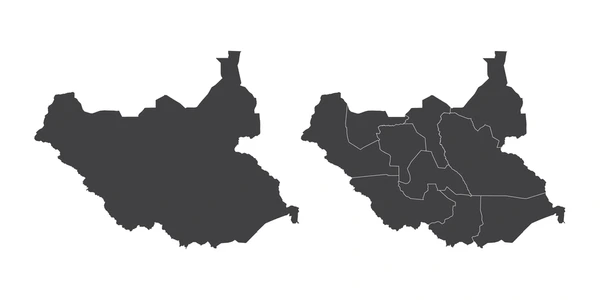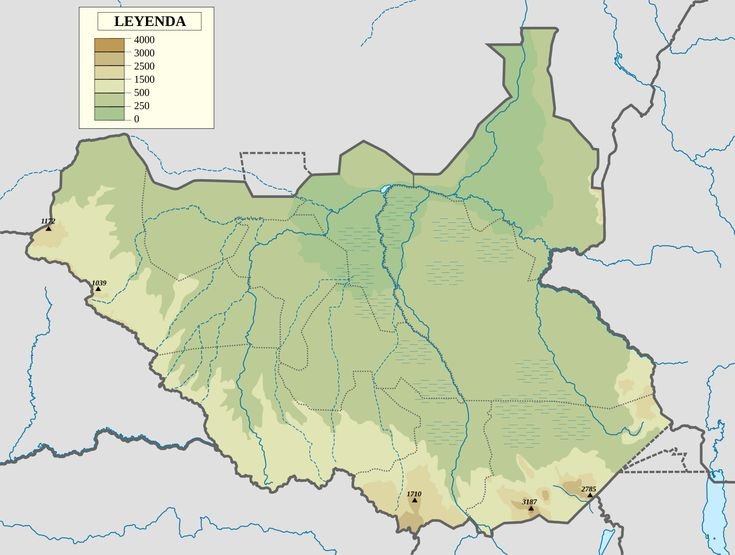Africa Map:700pjameho8= South Sudan

Africa Map:700pjameho8= South Sudan, as the newest addition to the global map, presents a unique blend of geographical, cultural, and economic attributes that merit closer examination. With its vast wetlands and the life-giving Nile River, the nation is not only rich in biodiversity but also steeped in cultural heritage, boasting over 60 ethnic groups. However, the juxtaposition of these strengths against significant economic challenges raises questions about the future of this young nation. What strategies could be implemented to harness South Sudan’s potential while addressing its pressing issues? The answers may reveal a complex narrative worth exploring further.
Geographical Overview of South Sudan
Africa Map:700pjameho8= South Sudan, the world’s youngest nation, occupies a strategic location in East-Central Africa, encompassing an area of approximately 619,745 square kilometers.
Its geographical features include vast wetlands, the Nile River, and diverse ecosystems.
The country experiences multiple climate zones, ranging from tropical savanna to humid equatorial, which significantly influences agriculture and livelihoods.
This underscores the vital relationship between geography and sustainable development for its people.
Read more: Africa Map:1d04vkikyl0= Mt Kilimanjaro
Cultural Diversity and Heritage
A rich tapestry of cultural diversity characterizes South Sudan, with over 60 distinct ethnic groups, each contributing to the nation’s vibrant heritage.
This cultural mosaic is reflected in traditional practices, ranging from music and dance to unique rituals.
Furthermore, the linguistic variety, including over 60 languages, underscores the deep-rooted identities and social structures that shape the community’s quest for freedom and unity.

Economic Challenges and Opportunities
Economic dynamics in South Sudan are shaped by a myriad of challenges and opportunities that stem from its recent history and resource wealth.
Critical infrastructure development remains inadequate, hindering economic growth and trade relations.
However, potential exists in agricultural exports and oil production.
Environmental Significance and Conservation
How does the environmental landscape of South Sudan reflect both its rich biodiversity and the pressing need for conservation?
Home to critical biodiversity hotspots, South Sudan’s ecosystems face severe threats from climate change and human activities.
Effective conservation strategies must prioritize habitat protection and sustainable resource management to safeguard its unique flora and fauna, ensuring ecological integrity for future generations while fostering community engagement.
Read more: Africa Map:6skg9ehnkji= Timbuktu
Conclusion
In conclusion, Africa Map:700pjameho8= South Sudan potential as a fertile agricultural hub and its rich oil reserves present significant opportunities for economic growth. However, the challenges of infrastructure development and environmental sustainability remain critical. As the adage states, “Where there is no vision, the people perish.” A strategic vision that prioritizes sustainable practices and cultural preservation will be essential for harnessing the nation’s diverse resources and fostering long-term prosperity for its diverse populations.





